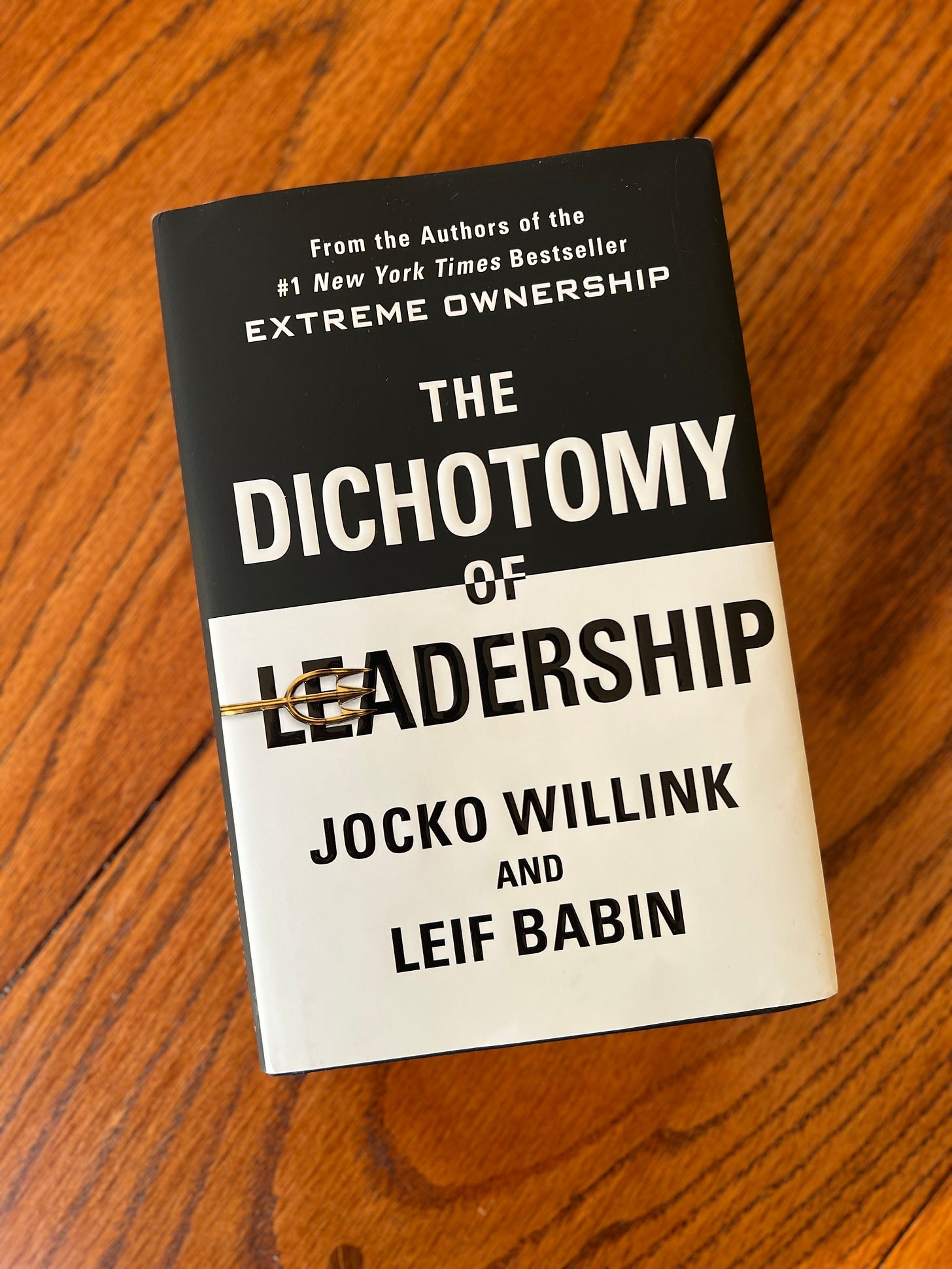A software engineer by trade has founded a new technology startup and now finds himself in the CEO position with a small team of 10 people.
The CEO receives feedback that he has a default habit of micromanaging.
He insists on approving every minor decision, from marketing strategies to code reviews to sprint planning.
The team feels they must be more trusted to do their jobs because the CEO constantly looks over their shoulder.
He considers this feedback with intention and decides to shift his approach to be more hands-off, empowering his team with complete autonomy.
His attention is directed to looking up and out at relationships and future product strategy, allowing the team to operate how they best see fit to execute.
However, this leaves the team without clear vision, direction, or guidance, causing mistakes, confusion, and lack of focus.
Product timelines start to derail, and the team’s morale takes a nose-dive, even more so than when the micromanaging was present.
The CEO feels between a rock and a hard place - he listened to the feedback and corrected his behavior, so where had he gone wrong?
He overcorrected.
Going from one extreme to another, he likely asks himself incessantly, “Should I be in the details, OR be more hands-off?”
I’ve felt this situation, especially in my transition into leadership and as a new CEO, more times than I can count.
It seems obvious reading a simple example, but it’s not always easy to recognize when it’s actively happening.
If we step back and consider the dynamics of running a company and leading a team, there are countless scenarios to which this concept applies.
Inherent dichotomies are always present in understanding strengths and characteristics, building a team, making business decisions, making product decisions, setting goals, or guiding professional development.
It’s like a pendulum swinging, where the overcorrection occurs.
We either receive feedback or sense that we’re doing too much of X but shift too far toward Y.
So, how can we better manage this and proactively get ahead of the pendulum swinging back and forth?
The answer is simple, yet one of the hardest things I’ve been challenged with in a leadership role is awareness and recognizing the present dichotomies.
Cultivating the skill to step back, detach, and see the big picture.
In the case of the startup CEO, to provide direction and empower the team to execute.
Navigating the Dichotomies
Every leader must walk a blurred line. That’s what makes leadership so hard.
It requires navigating the dichotomy of seemingly contradictory and opposing forces, characteristics, and principles.
In the space between one extreme and another - in the gray.
Embracing the fundamental dichotomies of leadership and recognizing that we can hold contradictions in tension will allow us to operate more effectively within inherent complexities.
Too often, leadership is perceived as black and white. This or that.
The reality is that leadership is in the AND, not the OR.
If I look back on my biggest mistakes, they’re often associated with going too far in one direction or another and my inability to see the contrast.
Nearly any situation we face as leaders can be broken down into a set of dichotomies that must be harmonized.
There is no perfect balance - it’s more like being an orchestra director where there is a constant fluidity and shift to all the sounds combined to create the overall harmony.
An effective leader must:
be ready to lead AND ready to follow
be decisive AND ensure the team feels heard
build an influential culture AND effective business
be calm AND willing to show emotion
be confident AND humble
be courageous AND measured in risk-taking
have the desire to win AND the ability to respond to failure
take ownership AND delegate effectively
build character AND competence
harmonize life/family AND career growth
be disciplined AND flexible
work hard AND work smart
This concept is difficult. Building awareness and getting comfortable with operating in the gray areas takes time, experience, repetition, and mistakes.
However, once we see it, we can’t unsee it.
Managing the dichotomies becomes a skill that allows us to proactively recognize these situations and find a tailored approach suiting our leadership style and approach to stop the pendulum from swinging.
We cultivate resilience, adaptability, and trust by recognizing the contradictions in nearly every situation and learning to operate within them.
We improve our ability to lead strategy/vision, people, and ourselves.
Go Deeper:
This is one of the most important books I’ve read. I’ve always noticed the concept of the pendulum swinging, and this gave me a framework to recognize how pervasive these opposing situations are in leading a team and company. The authors practically outline their experience as Navy SEALs to demonstrate the principles in extreme situations and distill them into everyday business examples.
The Dichotomy of Leadership, by Jocko Willink and Leif Babin - emphasizes the need for leaders to balance opposing forces: strong yet empathetic, confident yet humble, and disciplined yet adaptable. It advocates for taking full responsibility while also empowering the team. This approach highlights the importance of situational awareness in leadership, encouraging leaders to adapt their style to their team's needs and the situation's demands. The message is that effective leadership requires a nuanced balance of these dichotomies.





